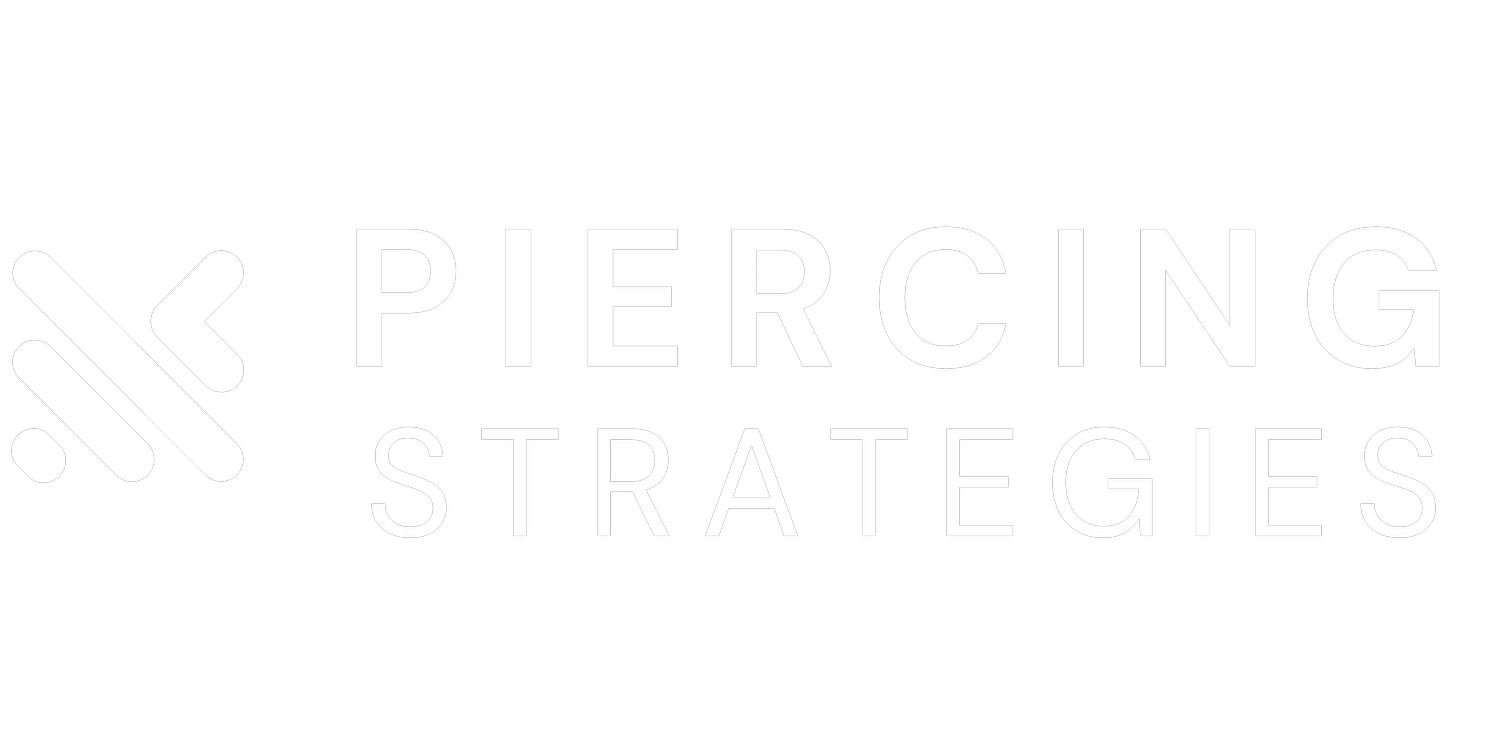Why We Can't Cancel Inclusive Leadership: Embracing Dynamic, Peer-Driven Programs
In today's rapidly evolving workplace, the concept of inclusive leadership has never been more critical. As organizations strive to create environments where all employees can thrive, some may question the ongoing relevance of inclusive leadership programs. However, far from being outdated, these initiatives are more important than ever – they just need to evolve with the times.
The Enduring Importance of Inclusive Leadership
Inclusive leadership isn't just a buzzword or a passing trend. It's a fundamental approach to management that recognizes and values the diverse perspectives, experiences, and talents of all team members. In an era where diversity is increasingly recognized as a key driver of innovation and business success, inclusive leadership is the tool that unlocks this potential.
Why We Can't Afford to Cancel
Competitive Advantage: Companies with inclusive cultures are 1.7 times more likely to be innovation leaders in their market (Source: Josh Bersin Research).
Talent Attraction and Retention: 67% of job seekers consider workplace diversity an important factor when considering employment opportunities (Source: Glassdoor).
Enhanced Decision-Making: Inclusive teams make better business decisions up to 87% of the time (Source: Forbes).
Improved Employee Engagement: When employees feel included, they are 3.5 times more likely to contribute to their fullest potential (Source: Deloitte).
Evolving Our Approach: A Dynamic, Peer-Driven Model
Recognizing the need to keep our inclusive leadership program relevant and impactful, we've recently overhauled our approach. Here's how we've transformed our program to make it more dynamic and peer-driven:
Peer-to-Peer Learning: We've shifted from a top-down approach to a collaborative, peer-driven model. Leaders at all levels now participate in regular roundtable discussions, sharing real-world challenges and solutions.
Real-Time Case Studies: Instead of relying solely on historical examples, we now incorporate current events and internal scenarios into our training, making the learning more relevant and immediately applicable.
Continuous Feedback Loop: We've implemented a system for ongoing feedback and adjustment, allowing the program to evolve in real-time based on participant input and changing organizational needs.
Cross-Functional Collaboration: Our new program encourages leaders from different departments to work together on inclusive initiatives, fostering a more holistic approach to organizational inclusivity.
Technology-Enabled Engagement: We've integrated digital platforms to facilitate ongoing discussions and resource sharing, extending the learning beyond formal training sessions.
As we continue to refine our approach to inclusive leadership, one thing is clear: this is not a destination, but a journey. By embracing a more dynamic, peer-driven model, we're not just teaching inclusive leadership – we're living it.
In conclusion, canceling inclusive leadership programs isn't the answer to addressing workplace challenges. Instead, we must continually evolve these initiatives to meet the changing needs of our workforce and business landscape. By doing so, we create organizations that are not only more equitable and inclusive but also more innovative, productive, and successful.
What steps is your organization taking to keep inclusive leadership at the forefront? Share your thoughts and experiences in the comments below.
